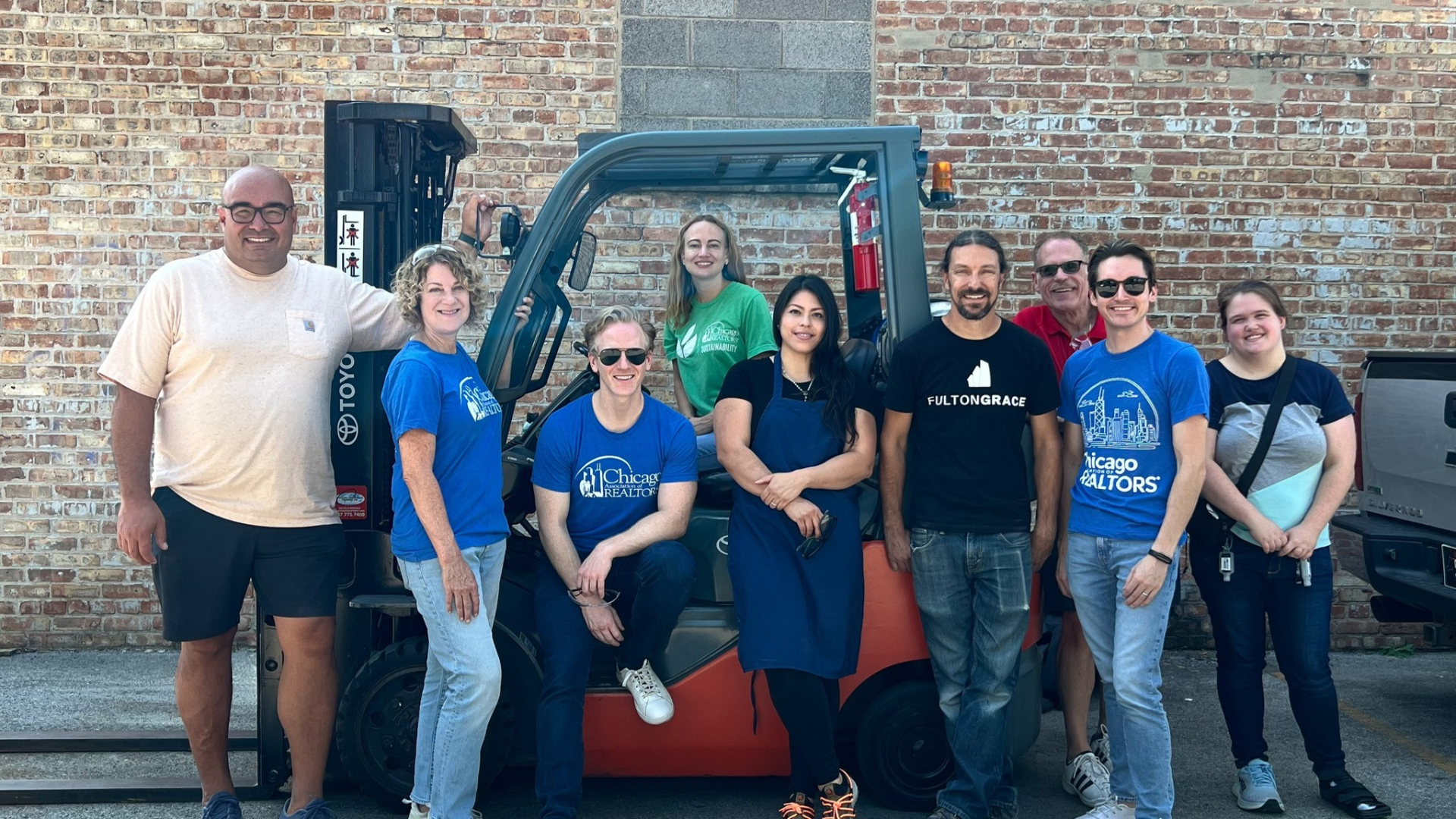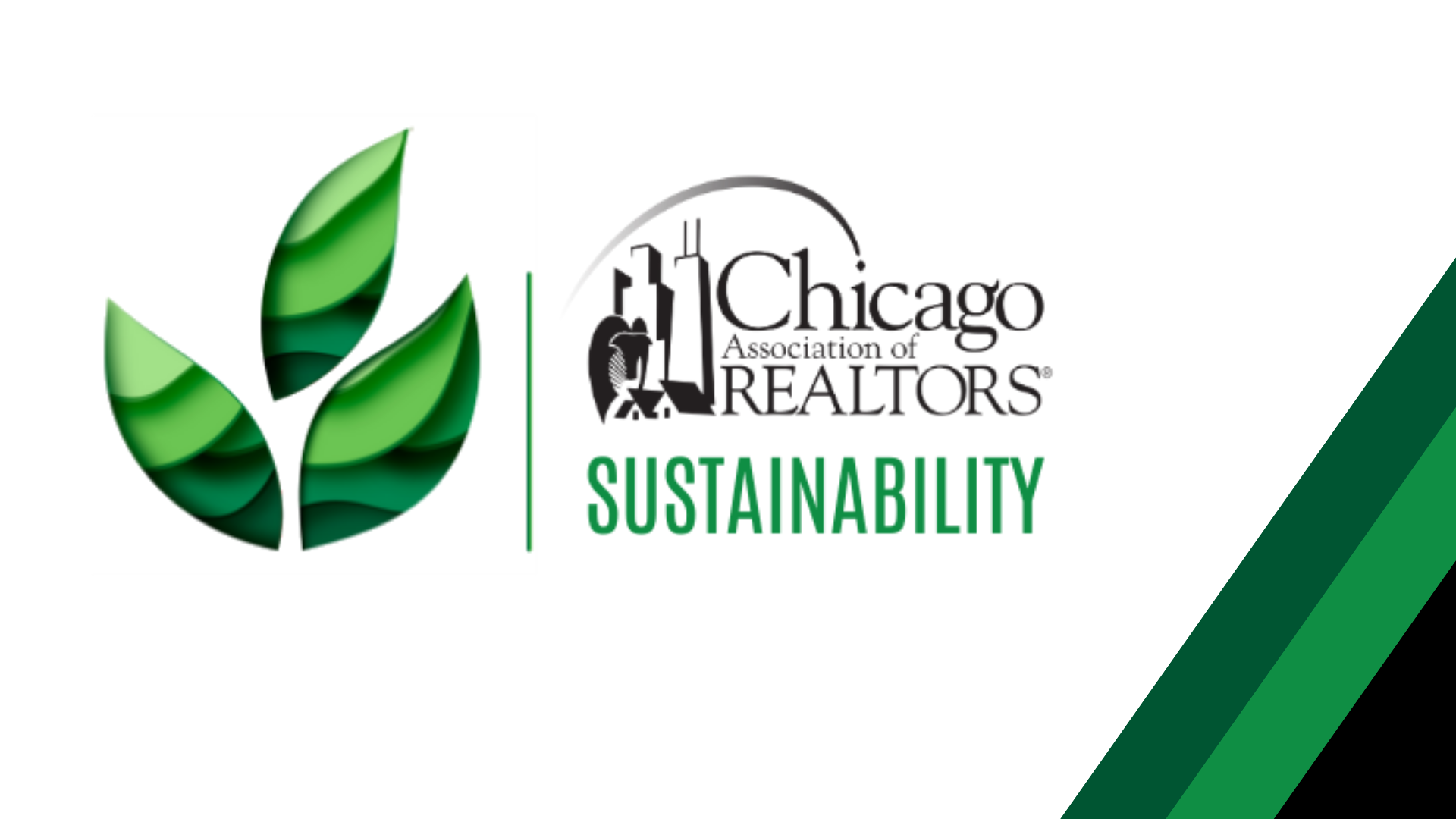Confused by what you can and can’t recycle? You’re not alone. The city of Chicago has reported that it currently recycles only 9 percent of its solid waste. Here are a few tips to help raise that number.
Best Practices
Chicago’s best practices for recycling can be found in this guide.
In general, you want to avoid recycling plastic bags, chords or anything else that might clutter the conveyor belt at the processing plant where materials are sorted. Excessive food and liquids are also non-recyclable. When in doubt, throw it out. Also, if you think the cardboard might have food oils on it or you can’t find the recycling number, it’s best to toss it in the garbage rather than risk contaminating the batch.
What should you do with those hard to recycle items? Check out this list of places where you can donate electronics, household goods and unusable clothing. H&M will accept torn and stained clothing to recycle into other products like insulation. For every bag of clothing you donate, they’ll give you a 15 percent discount card as a thank you!
Also, make sure to consider composting. The less food we have going into the waste stream, the better. Plus, composting makes our soil healthier and helps keep greenhouse gases out of the atmosphere. Learn more about composting here.
Of the three R’s – Reduce, Reuse, Recycle – the first two are the most important! Unfortunately, much of the materials that are properly recycled currently have no end market. Much of it ends up in landfills, which is a problem the city and state are working to find solutions for. You can also find other great tips for reducing and reusing these items.







